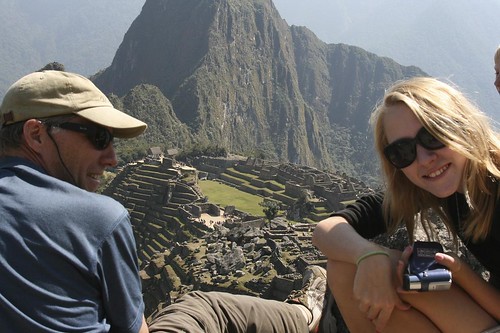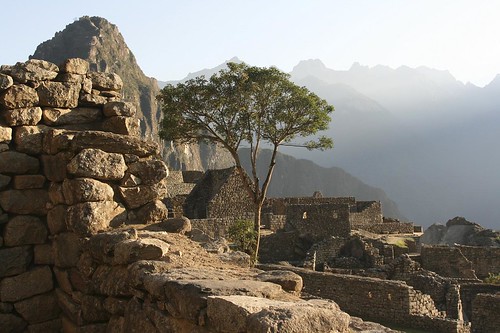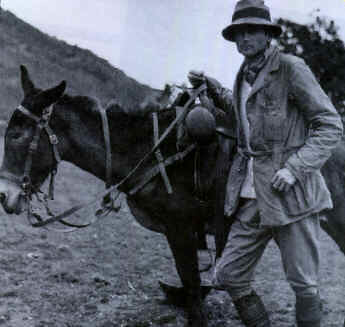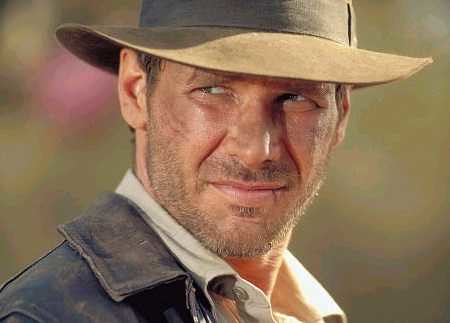Lost City of the Incas
We know the cliché: History is written by winners.
The Spanish vanquished the Incas, stole their gold and destroyed all records of their civilization, leaving this remarkable culture shrouded in mystery.
But they never found Machu Picchu. Today this remarkable site is a testament to the Inca’s mastery of many subjects – from town planning to construction, astronomy to philosophy.
Recently named one of the New Seven Wonders of the World, archeologists cannot agree on when or why Machu Picchu was built.
Even its “re-discovery” was an accident.
In 1911, 36-year-old Yale archeologist Hiram Bingham left an academic conference in Chile and traveled to Peru to spend a few weeks searching for Vilcabamba, the legendary lost city of the Incas.
For centuries, adventurers, explorers and academics believed the Incas hid all their remaining gold in Vilcabamba when they made their final retreat from the Spanish. No one ever found the city – or the gold.
Bingham arrived in Cusco and began his search by walking down a newly built road along the Rio Urubamba (now the rail line), asking locals if they knew of any ruins along the way.
After several days walk a local Quechua man led Bingham to a vine-covered site, high in the Peruvian cloud forest.
Four centuries after it was built, Machu Picchu retained its essential structural integrity: Its terraces held firm, its sophisticated drainage system still worked, and remarkably, so did its source of fresh water.
Bingham – who went on to become a Governor, U.S. Senator and the inspiration for the the character Indiana Jones – was convinced until the day he died that he had found the lost city of the Incas.
But he had not. Historians now believe Machu Picchu was not the lost city of the Incas – that site (and Inca gold) is still waiting to be discovered by a 21st century Dr. Jones.
September 8, 2008 3 Comments






